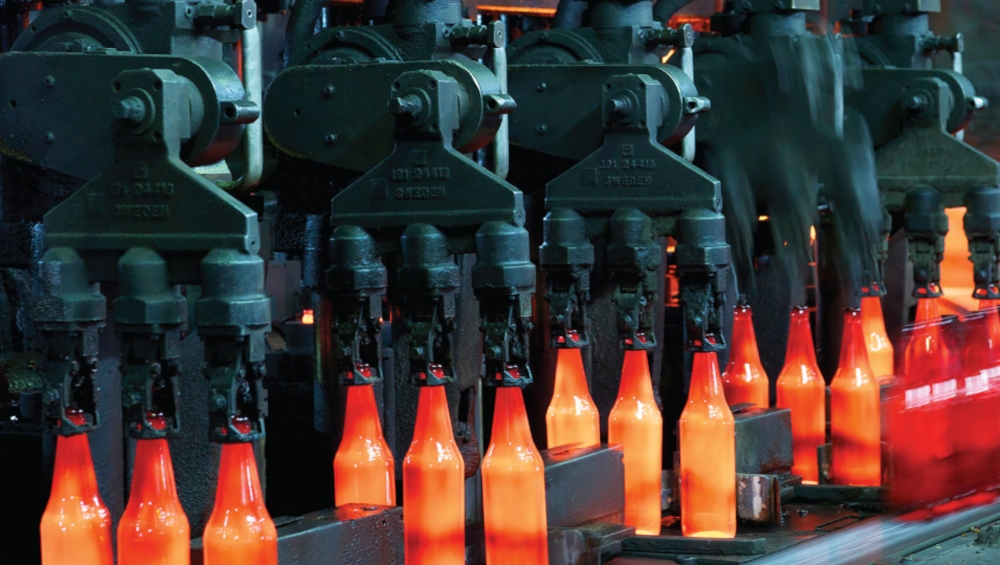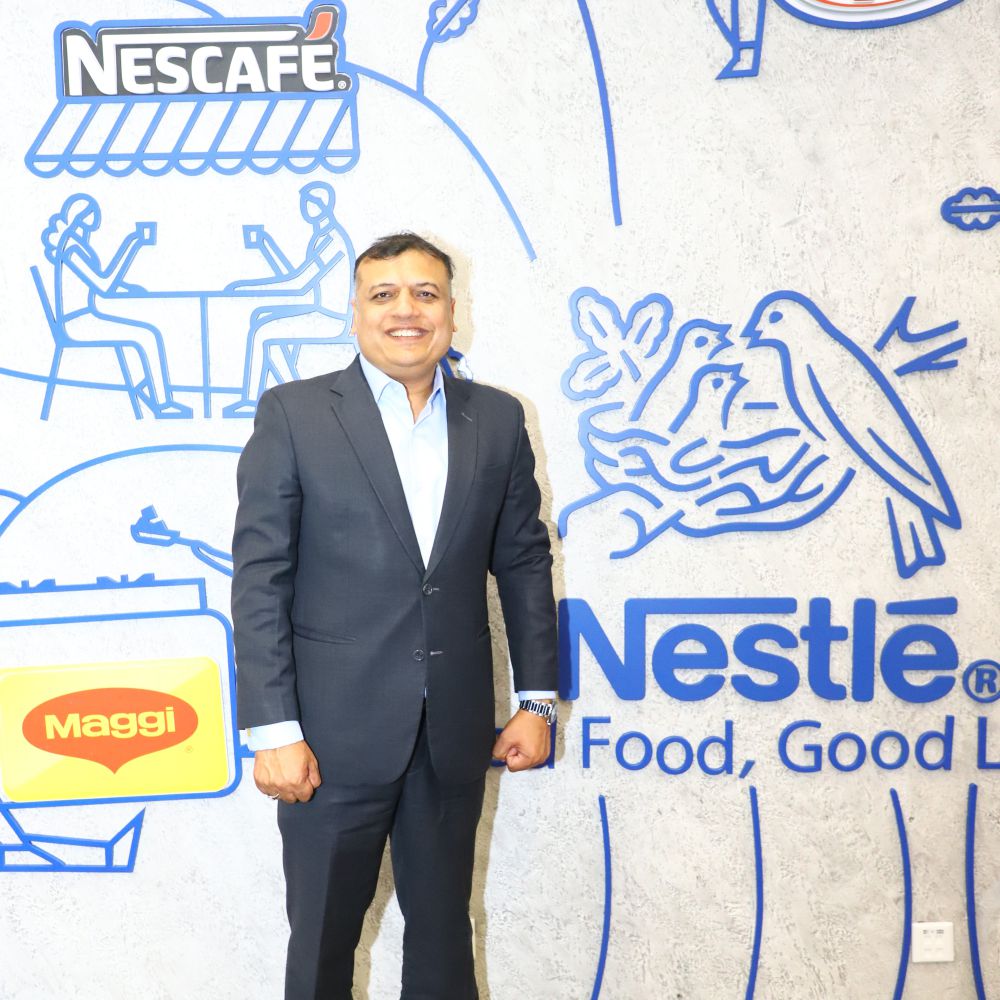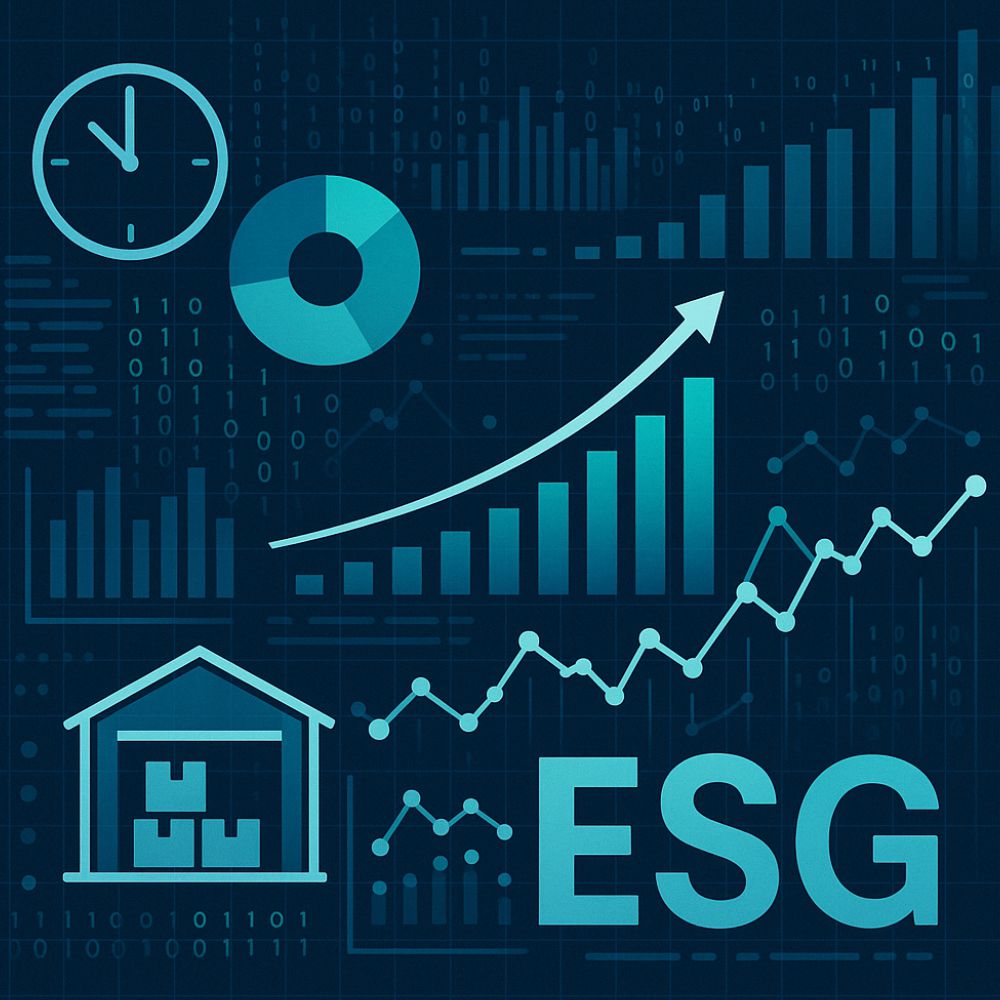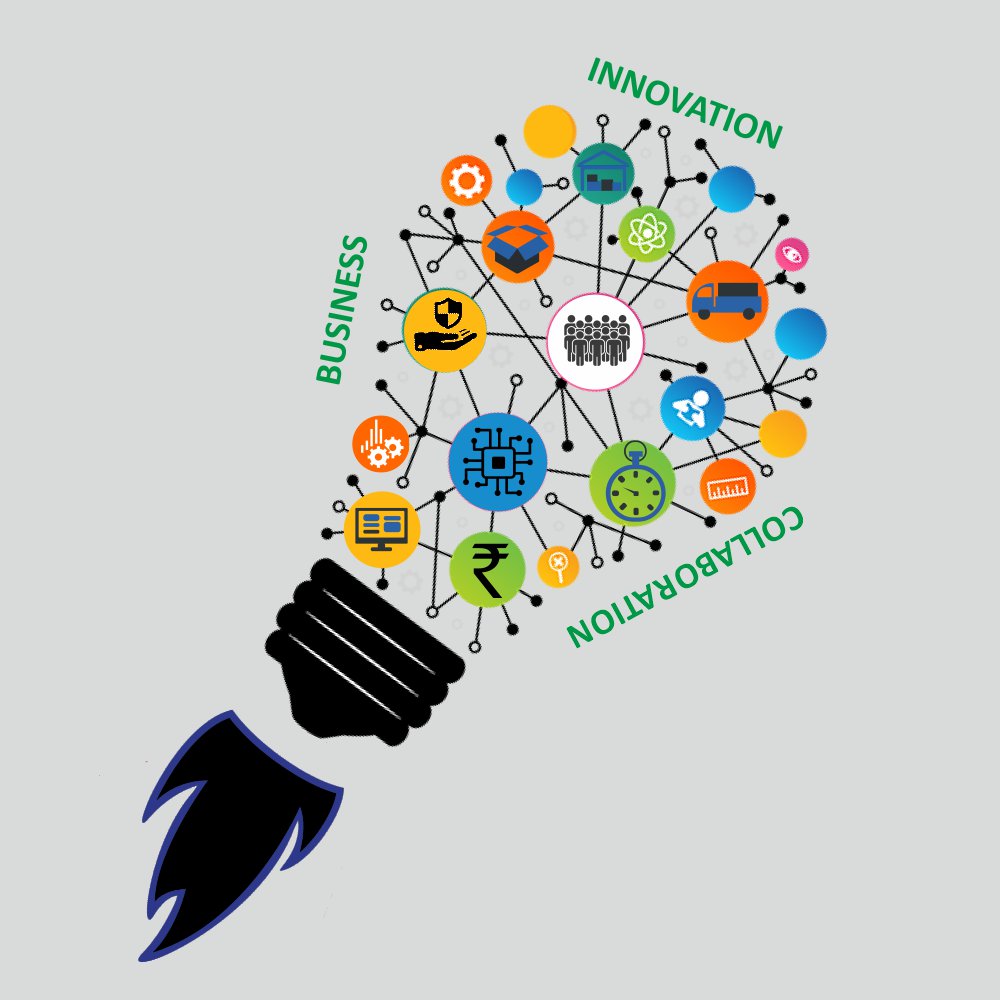“The demand for glass packaging products is growing due to the rising population, increasing income levels, evolving lifestyles, and growing economy. Another strong focus for the packaging industry in 2022 and beyond, is on providing sustainable packaging solutions for various sectors. Every company that deals with packaged goods is now actively considering joining the green wave as the consumers are more conscious and deliberate about their environmental footprint today. The next five years will be focusing on transitioning towards sustainability and smart packaging solutions, “highlights Rajesh K Khosla, President & CEO, AGI Glaspac, a part of Packaging Products Division (PPD), HSIL Ltd, makers of the iconic brand ‘Hindware’, during an exclusive interview….
Share with us AGI Glaspac's journey to becoming one of the leading container glass bottle manufacturers in India.
AGI Greenpac (erstwhile HSIL Ltd.) is a leading packaging products company. AGI Greenpac acquired AGI Glaspac in 1981 to foray into the manufacturing of glass containers in India. Today, AGI Glaspac is a leading packaging company with a wide range of glass packaging containers ranging from 5 ml to 4000 ml and has an average capacity of melting 1600 tonnes of glass per day. The company has two strategically located, state-of-the-art manufacturing plants, one in Hyderabad and the other at Bhongir (Telangana). Leveraging its innovation strength, the company continues to introduce new and customised products to cater to the ever-evolving needs of the customers and is leading the sector towards adopting sustainable practices.
Recently, AGI Glaspac with an investment of Rs220 crore has commissioned a green facility to manufacture ‘Specialty Glass’ in Bhongir, Telangana. The plant has a combined capacity to process 154 metric tonnes and will produce about 70 lakh bottles and containers per day. The high-quality specialty glass products will cater to industries such as pharmaceuticals, including vials, perfumery, cosmetics, and high-end liquor.
What is the overall market size of the glass packaging industry in the country? What is the market share of your company at present? What is the target ahead?
The past decade has witnessed significant changes in the packaging products industry driven by a host of factors such as new market penetration, the emergence of contactless delivery, and the changing ownership dynamics across the world. Glass packaging is a premium and one of the most trusted forms of packaging for health, taste, and environmental safety. This ensures its continuous usage worldwide, across a range of end-user industries, despite the heavy competition from other packaging materials. In India, the Packaging Industry is estimated to report a CAGR of 26.7% during 2022-2027. The factors driving the demand for packaging can be attributed to the rising population, growing income levels, changing lifestyles, and increased internet penetration.
We are the second-largest glass container company in India, and we strive for continued excellence in the business through our innovation, value added product mix, quality, and designs. Our marquee clientele comprises key brands from diverse sectors like Alco-Bev, pharmaceuticals, FMCG, and others, derisking us from dependence on any specific sector. Our long-standing relationship with the clients helped us navigate through challenging times owing to the assured commitment we share with them.
We expect to grow at an accelerated rate on the back of our investment in technology, our people, and streamlining of processes. In addition to it, our foray into specialty glass will further help us cement our position in high-margin sectors such as perfumery and beauty. The ongoing expansion of sectors such as food & beverage, pharmaceutical & healthcare, personal care & cosmetics, and home care will further be expected to boost demand for our glass container packaging.
What are the changing dynamics in this industry especially in the last two years?
COVID-19 posed some unique challenges for packaging products companies. This resulted in a loss of business and revenue at a broader level. There is a strong momentum towards sustainable solutions and increasing customers opting for products that are sustainable is gaining momentum, which in turn, is getting industries to have sustainability embedded across their value chain. In a nutshell, the shift to online shopping increased global regulation of packaging waste, and the acceleration of consumers’ sustainability concerns combined has changed how packaging products companies do business.
What were the challenges faced and how did you counter them?
Development of a regulatory framework, competition, and fragmented market are a few challenges faced by the Indian glass manufacturing industry. Glass product packaging continues to face fierce competition from other forms of packaging in India, where, for commercial reasons, the use of alternative packaging material is still sought after.
Covid Outbreak bought another set of challenges such as slow market growth, increased cost input prices including raw materials, etc. However, we at AGI Glaspac, effectively navigated the new challenges on the back of key initiatives such as the adoption of a new tempering method for strengthening glass containers amongst others such as follows:
- We used multiple fuels and passed on certain costs to customers
- Created a lightweight container in different geometric shapes
- Used newer technologies such as single stage forming to produce thinner but stronger glass containers
- Developed a coating on the surface of the glass to avoid strength loss
- Introduced heat-resistant Pyrex glass
- Produced internally embossed glass bottles.
How is container glass manufacturing sector helping pharmaceutical companies fight Covid-19 pandemic through the supply chain mechanism?
The COVID-19 pandemic posed significant challenges and multiple national and state-wise lockdowns slowed down and, in some instances, even temporarily stop the flow of raw materials and finished goods, disrupting manufacturing as a result. The industry ensured the following to combat the challenges in the supply chains:
- Estimated available inventory along the value chain including spare parts and used after-sales stock to use as a bridge to keep production running and enabled delivery to customers
- Assessed realistic -customer demand and responded to (or, where possible, contain) shortage-buying behaviour of customers
- Optimized production and distribution capacity to ensure employee safety and engaged with communication teams to share infection risk levels and work-from home options
- Identified and secured logistics capacity estimated capacity and accelerated where possible, and showcased flexibility on transportation mode as and when needed.
Smart packaging designs are gaining great momentum lately from across the sectors. Can you elucidate this with innovative examples?
Well designed, flexible packaging is gaining importance as it can deliver an enticing promotional message to consumers looking for new product experiences. We, at AGI Glaspac, have a comprehensive bottle design team, a glass analytical laboratory, and a training school. The technology for the production of glass containers by the NNPB method (Narrow Neck Press and Blow), i.e., press-and-blow development of lightweight narrow-necked glass container products, has been implemented at our plant. For each segment such as pharmaceutical, liquor, beer, and food, we have light weighted bottles constituting 10 to 14% of our production.
Glass is the preferred packaging material for beer owing to its superior UV absorption properties. We produce beer containers in amber, green, and flint colours in NNPB (Narrow Neck Press and Blow) & BB (Blow and Blow) technologies for almost all the key customers in India and for some key European customers as well.
How is it betting big growth of glass industry with plastic phasing out?
The recycling infrastructure is still underdeveloped in India. Hence, the role of the manufacturers and policymakers is vital in adopting more sustainable packaging material to help India achieve its vision to replace single-use plastic with green and eco-friendly packaging.
With the government deciding to phase out single-use plastic, the demand for glass is expected to witness a boom in the coming years. Glass has always been the safest and the most viable option for the packaging and use of food and liquid. Glass can be recycled multiple times, so it doesn't have to end up in landfills. It is cost-effective, considering its durability and recyclability.
Glass manufacturers are leveraging technology to create innovative products to meet the already existing demand more efficiently and effectively. We have accelerated technological advancements to stay ahead of the game. Increased investments in R&D to develop a range of new innovative products such as smart glass bottles and containers whose colour changes depending on the liquid temperature (medicines, wines, perishable products, etc.,) are gaining momentum and these initiatives will help the glass packaging industry to grow at an accelerated rate.
We would like to know from you the optimal usage of multimodal transportation for your products across the country.
AGI Glaspac uses roadways and railway facilities for all multimodal transportation that may either be for inward or outward material movement. We are also exploring the use of water ways for transportation of material movement. As we are expanding our business to international markets, it’s now very important that we have a solution to deliver our products overseas in most efficient and a quicker way.
How did you plan inventory management during tough times and what’s your strategy ahead in times to come?
We have a scientific approach towards inventory management, which support all stakeholders to focus on their business. We have developed a storage facility to keep around 50-60 days of inventory, which ensures we are able to meet all our business partner’s requirements. We also respond quickly to any sort of changes to meet customer’s requirements.
What are the critical elements shaping the packaging landscape in India?
There are some megatrends that are reshaping the packaging industry and raising the bar for performance such as:
- Redefined sustainability: Sustainability is redefining alongside hygiene and consumer safety concerns. In fact, the present enhanced focus on hygiene and food safety is likely to become the next normal and a high priority for both consumers and packaging customers (FMCG companies and retailers) across the entire value chain.
- E-commerce demands: With consumer habits evolving, spending on groceries, particularly food has substantially increased, and customers are buying goods online, fuelling a strong acceleration of e-commerce shipments and other home-delivery services.
- Digitization of Packaging: With real-time reporting and analytics, institutional customers are tracking supply chains far more closely than before, perhaps shifting from annual or quarterly to weekly monitoring. Increased transparency is not only a matter of cost efficiency but also a way to help build a more resilient supply chain and assure the health and safety of products. For packaging companies, this move could offer opportunities to support customers by increasing the integration of technology in the packaging itself.
According to you, how is recycling infrastructure shaping up in the country to replace plastic with eco-friendly packaging?
India is on the right path with the upcoming ban on single-use plastic by the government. However, the ban is not sufficient on its own and must be supported by other initiatives and Government regulations. An improvement needs to be made to plastic recyclability, and investment in research and development for alternatives should be a priority now. There is a need for a clear roadmap with timelines by the government along with the need to increase the general awareness in public and corporates about eliminating single-use plastics. With affordable alternatives to single-use plastic and a better commitment to recycling plastic waste, the aim of a complete elimination is achievable, but all the stakeholders – the Indian Government, companies, and consumers – need to work together towards it.
How can glass packaging ensure sustainability and adaptability towards India’s health goals?
Glass bottles continue to be the most popular choice among consumers because they preserve the flavour and taste of food and beverages the best. Glass is a sustainable, fully recyclable material that provides great environmental benefits such as helping in mitigating climate change and saving precious natural resources. Glass containers manufactures are increasingly partnering with their clients in producing sustainably designed bottles and overall help India create a more circular economy.
Share with us your sustainable strategies and how supply chain finds a significant place in this?
We have taken numerous sustainable strategies over the years as follows:
- Reduction in the overall packaging materials: Re-designing or optimising packaging to use less material has helped us lower the costs associated with packaging and transportation as the total weight of the product is reduced. In addition, our packaging material can mostly be recycled or returned. We are also partnering with our customers to use their end-use shippers, which reduces paper usage as well as the cost.
- Maintain Compliance: We ensure that our supply chain meets environmental regulations for sourcing, clean air, and emissions.
- Source from sustainable suppliers: We collaborate with our suppliers who also have long-term sustainability goals embedded in their system and are aligned with our sustainability goals.
- Reduction of Inventory: We eliminate costly stock-outs and wasteful overstocks by balancing the supply and demand. Excess inventory can be costly to maintain and may become obsolete if products are not sold.
- Reduce Carbon Emissions: By identifying the most efficient route and delivery options, we are continuously reducing the carbon footprint of our company. Moreover, shortening of the supply chain by sourcing raw materials closer to the end customer is helping us to further reduce carbon emissions associated with transportation.
Your views on how can India become a preferred destination for packaging industry globally and how will AGI play an enabling role in this journey?
According to the Packaging Industry Association of India, the Indian packaging market was valued at $50.5 billion in 2019, and it is expected to reach $204.81 billion by 2025, registering a CAGR of 26.7% from 2020 to 2025. Packaging is one of the high-growth industries in India and is developing at 22-25% a year. The industry has reported steady growth over the past several years and shows high potential for expansion.
Further, Industry 4.0 for Make in India and Aatmanirbhar Bharat for the manufacturing sector is effectively promoted by the Government. Within the packaging industry, there is a lot of innovation taking place. There are numerous factors that are driving the transition towards increased sustainable packaging practices, and it’s still rising. A part of this drive is pushed by health conscious consumers, the government,and industry leaders’ new laws and regulations coming into force.
AGI Glaspac is the leading glass containers manufacturers in the country and has invested in technology upgrades, inspection, packaging systems, warehousing, and logistics. We are looking at increasing our production capacity to meet the rising market demand over the next five years. We are also trying to set up contemporary trends in the industry by leveraging technology to create innovative products that will help meet the demand more efficiently.
Aligned to the ‘Make in India’ and ‘Aatmanirbhar Bharat’ vision, our new specialty glass facility in Bhongir from its inception to the manufacturing process to packaging, ensures we have minimal environmental impact and footprint. The plant will manufacture glass containers catering to high-end pharmaceuticals including vials, perfumery, cosmetics, and other segments. We are witnessing demand from the F&B, pharmaceutical sectors, and beauty sector, and even end consumers have started indicating a preference for glass.
What does the future hold for the packaging industry in India and where do you see AGI Glaspac five years from now?
When we look at the global scale of the packaging industry, it is a huge economic generator. Statistics indicate that the demand for the world packaging industry will reach USD1.05 trillion by 2024. And when we focus on India, the Packaging Industry is expected to register a CAGR of approximately 26.7% from 2020 to 2025.
The demand for glass packaging products is growing due to the rising population, increasing income levels, evolving lifestyles, and growing economy. Another strong focus for the packaging industry in 2022 and beyond, is on providing sustainable packaging solutions for various sectors. Every company that deals with packaged goods is now actively considering joining the green wave as the consumers are more conscious and deliberate about their environmental footprint today. The next five years will be focusing on transitioning towards sustainability and smart packaging solutions.

Categories

Magazine Editions






















